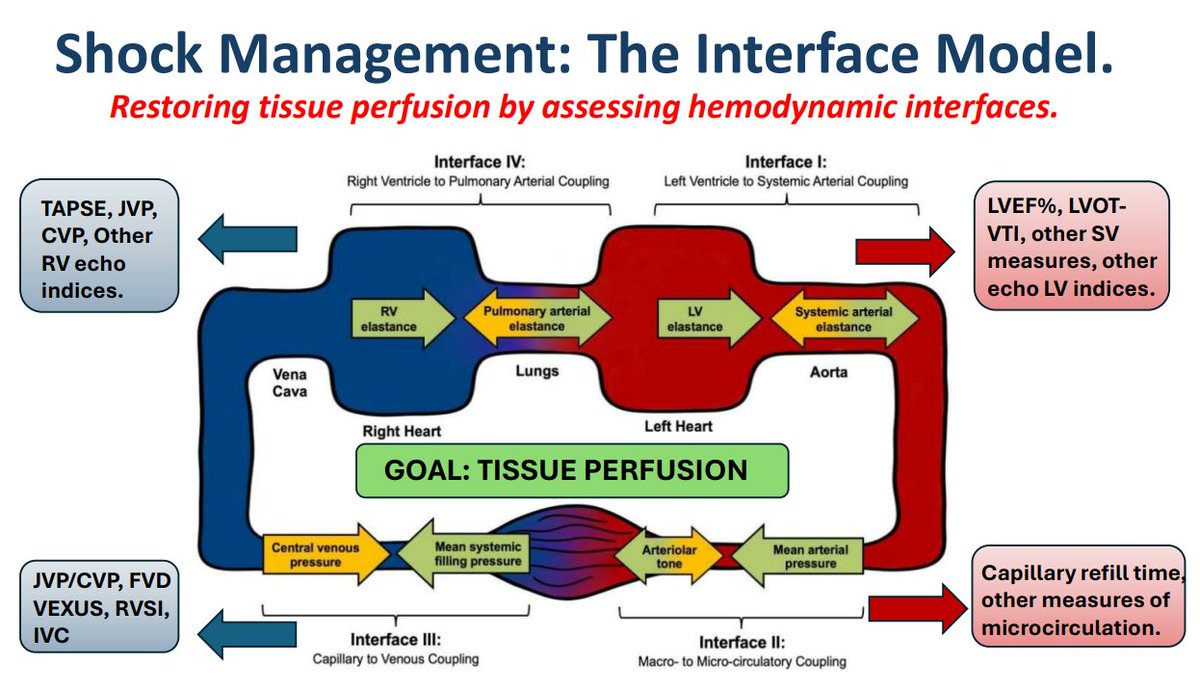What was it?
Multicenter, open-label, randomized controlled trial (BLING III) evaluating continuous versus intermittent infusion of β-lactam antibiotics (piperacillin-tazobactam or meropenem) in critically ill patients with sepsis, conducted across 104 intensive care units (ICUs) in Australia, Belgium, France, Malaysia, New Zealand, Sweden, and the United Kingdom.

The Devil in the Details!
- 7,031 patients analyzed (3,498 continuous, 3,533 intermittent) across 104 ICUs in 8 countries (Australia, Belgium, France, Malaysia, New Zealand, Sweden, and the United Kingdom)
- Continuous infusion (24-hour administration) vs. intermittent infusion (30-minute bolus) of β-lactam antibiotics for a median of 7 days.
- Adult patients (≥18 years) with sepsis or septic shock, requiring β-lactam antibiotics and ICU care.
- Primary outcome: All-cause mortality at 90 days.
- Secondary outcomes: Clinical cure at day 14, new ICU-acquired infections, organ failure-free days, serious adverse events.
The Results!
- At 90 days after randomization, 864 of 3474 patients (24.9%) randomized to the continuous infusion group and 939 of 3507 (26.8%) randomized to the intermittent infusion group had died. After adjusting for prespecified covariates, the AD was −2.2% (95% CI, −5.5% to 1.1%; OR, 0.89 [95% CI, 0.79 to 0.99]; P = .04).
- There was a statistically significant difference in the rates of clinical cure. Higher in the continuous vs intermittent infusion group (1930/3467 [55.7%] and 1744/3491 [50.0%], respectively; absolute difference, 5.7% [95% CI, 2.4% to 9.1%]).
- Serious adverse events were rare and similar between groups (0.1% in both).
- Subgroup analyses (e.g., by antibiotic type, infection site, illness severity) showed no consistent mortality benefit for continuous infusion.
- There were no statistical differences in days alive and free of ICU stay, hospital stay, mechanical ventilation, and kidney replacement therapy
- No statistically significant differences between groups in the rates of new acquisition, colonization, or infection with a multiresistant organism or C difficile infection (AD, −0.3% [95% CI, −1.9% to 1.4%]; OR, 0.96 [95% CI, 0.80 to 1.15]); ICU mortality (AD, −1.3% [95% CI, −4.0% to 1.4%]); and hospital mortality (AD, −1.8% [95% CI, −4.8% to 1.2%]).
They concluded
The authors concluded that among critically ill patients with sepsis receiving β-lactam antibiotics in the ICU, continuous infusion, compared to intermittent infusion, did not significantly reduce 90-day mortality.
Gripe Point Summary
Detailed gripes below.
It provides robust evidence on β-lactam dosing strategies, but:
- Open-label design risks bias in clinical assessments.
- Heterogeneous patient population and antibiotic choices limit applicability to specific subgroups.
- No routine therapeutic drug monitoring (TDM) to confirm optimal drug levels.
- Short follow-up for secondary outcomes may miss delayed effects.
- Limited representation of low-resource settings.
- Primary outcome (mortality) may not capture nuanced benefits of continuous infusion.
- Variable adherence to continuous infusion protocol due to practical ICU challenges.
- Large sample size for subgroups reduces power to detect differences in specific populations (e.g., by pathogen or resistance profile).
Our Summary
In critically ill adult patients with sepsis or septic shock, continuous β-lactam infusion did not reduce 90-day mortality compared to intermittent infusion but improved clinical cure at day 14. This large, multicenter trial suggests no clear advantage for continuous dosing in most patients, but practical considerations (e.g., drug stability, nursing workload) and potential benefits in specific subgroups warrant further exploration.
Who’s worked on this before?
Further gripes
- Open-label design: Lack of blinding may have influenced subjective secondary outcomes (e.g., clinical cure, which relied on clinician judgment).
- Heterogeneous population: Broad inclusion criteria (e.g., diverse infection sites, varying pathogens, differing antibiotic susceptibilities) make it hard to pinpoint which patients might benefit most from continuous infusion.
- No routine TDM: Without consistent drug level monitoring, it’s unclear if continuous infusions reliably achieved therapeutic concentrations, especially given variable pharmacokinetics in critically ill patients.
- Practical challenges: Continuous infusions require compatible IV lines and pumps, increasing nursing workload and risk of administration errors (e.g., drug precipitation, line occlusion), which wasn’t fully explored.
- Limited low-resource representation: Most sites were in high-income countries, limiting generalizability to settings with fewer ICU resources or different antimicrobial resistance patterns.
- Mortality focus: The primary outcome (90-day mortality) may be too blunt to detect benefits like faster bacterial clearance or reduced resistance emergence, which continuous infusion theoretically supports.
- Subgroup analyses underpowered: Despite the large sample, specific groups (e.g., patients with resistant pathogens or high illness severity) were too small to draw firm conclusions.
- Antibiotic stability concerns: Piperacillin-tazobactam and meropenem degrade over 24 hours at room temperature, potentially reducing efficacy in continuous infusion without strict stability protocols.
- Exclusion criteria: Excluded patients with severe renal impairment or those not expected to survive 48 hours, narrowing applicability to some of the sickest ICU patients.
- Short-term secondary outcomes: Clinical cure at day 14 doesn’t capture long-term outcomes like recurrence or resistance development.
CCN’s Reflection
BLING III is a monumental effort to settle the continuous vs. intermittent β-lactam debate, with a rigorous multicenter design and clear results: no mortality benefit for continuous infusion. However, the open-label approach, lack of TDM, and practical ICU challenges muddy the waters. The slight edge in clinical cure at day 14 is intriguing but not practice-changing. For now, intermittent dosing remains simpler and equally effective for most patients, but TDM-guided continuous infusion might still have a role in specific cases (e.g., resistant pathogens). We’re left wanting a BLING IV with tighter controls and broader global reach to nail down these details. Stay pragmatic in the ICU!
Written by JW









